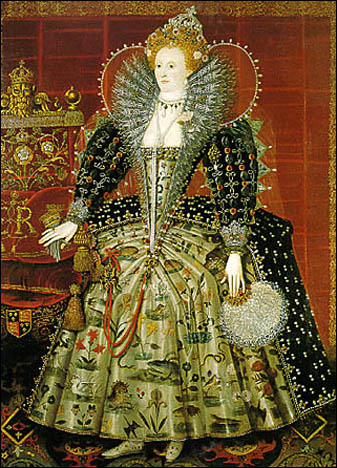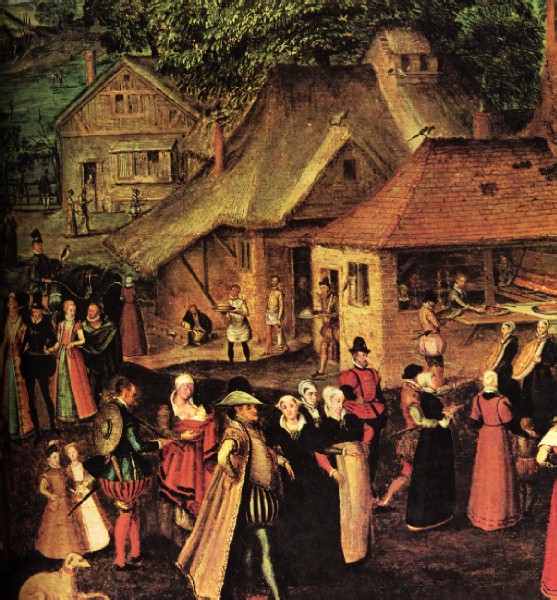For other two social classes (The Yeomen and The Poor), see other article
England in the Elizabethan era had a strong sense of social differences – belonging to a particular occupation, wealth, and ancestry, had huge impact on the social standing of an individual. Social classes were flexible, i.e. families could move from one class to another, but most people were born into a particular class and stayed there. Social class could determine the whole life of a person, from what they could wear, to where they could live or even what jobs their children would get. The Elizabethan Social Classes were divided into four categories, The Nobility, The Gentry, The Yeomen and The Poor.

The Nobility
The nobility were the lords and ladies of the land. They were rich and powerful, and they had large households. This was the smallest of all the Elizabethan Classes. During the reign of Elizabeth I, there were only about 50 noble families. Each noble family was headed by a Duke, a Baron, or an Earl. A person could become a member of the nobility by getting a grant from the queen or king.
Nobility titles were also hereditary, passing from father to eldest son, and once a person became a noble, it took only a high crime, such as treason, for him to lose his title. The nobility lived luxuriously because they had no choice. Nobles were expected to have lavish houses, dresses and habits. Nobles visiting England from other countries were the responsibility of the English nobility, who had to house and entertain the guests at their own expense.
They were also expected to serve high offices which, often, brought more debt rather than profit. E.g. Appointment to the post of foreign ambassador brought its own financial burdens. The ambassador was expected to maintain a household of at least 100 attendants.
The Gentry
This class was a peculiar feature of English society. Only about 5% of the population was classified as gentry: knights, squires and gentlemen. Their numbers, though, were growing. The rise of the gentry was the dominant feature of Elizabethan society. The gentry the most important social class of Elizabethan Era. The key to becoming the gentry was wealth.

The gentry were further divided into three categories: Knights, originally a military rank, in Elizabethan times became a mark of honor. This title could be received from a monarch or military leader. The Esquires, also known as ‘squires, had knights in their ancestry. Gentlemen were people who had become wealthy landowners, by acquiring large amounts of property.
More Info On- Daily Life in England During the Elizabethan Era, Elizabethan Social and Elizabethan Society, Time Period, Social and Religious Situation in Elizabethan England